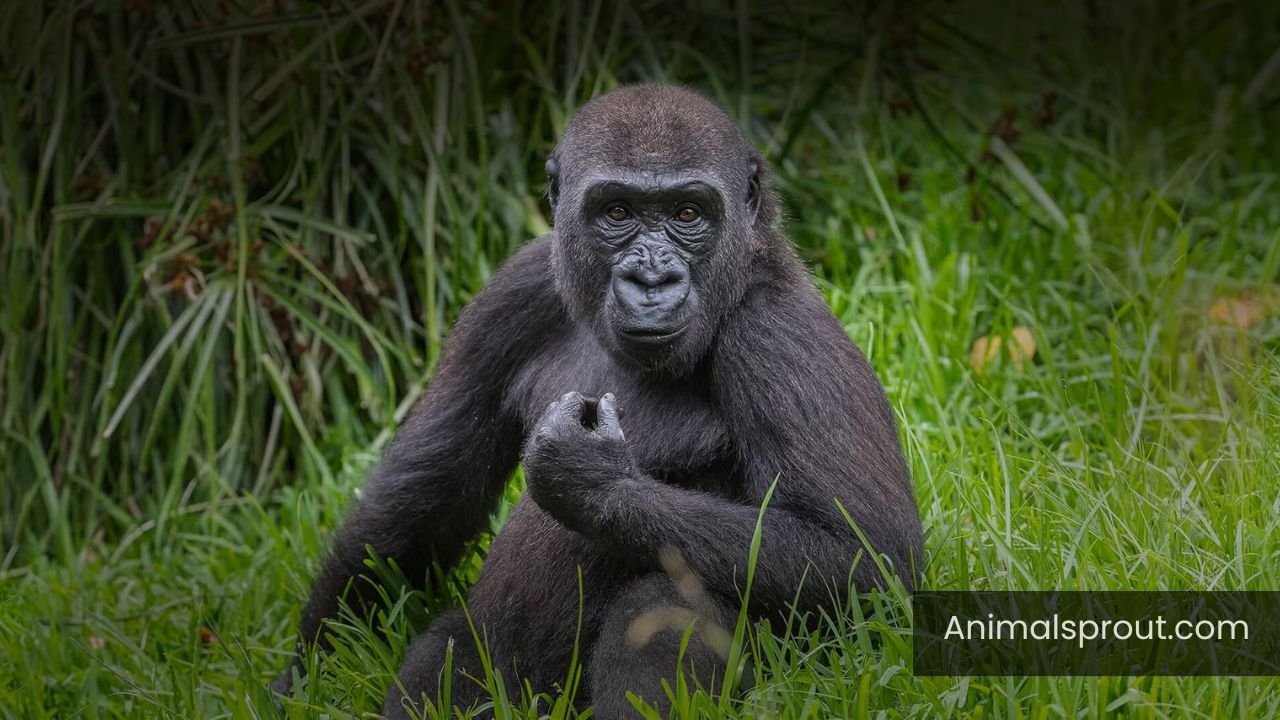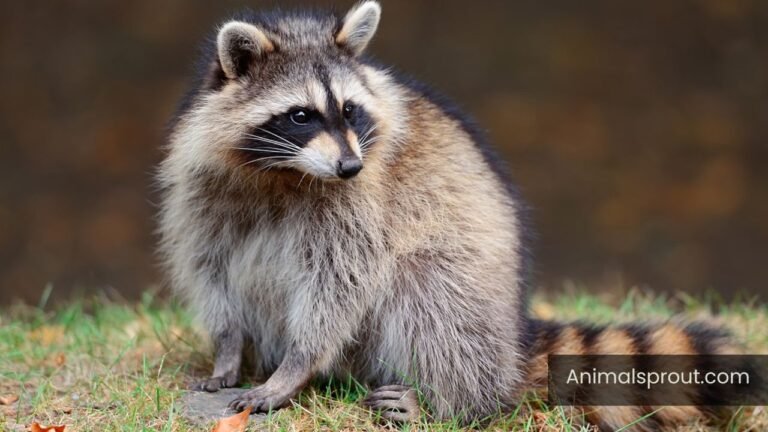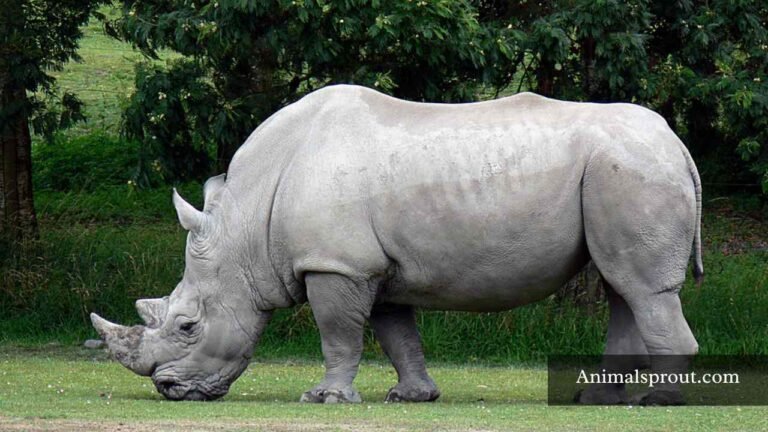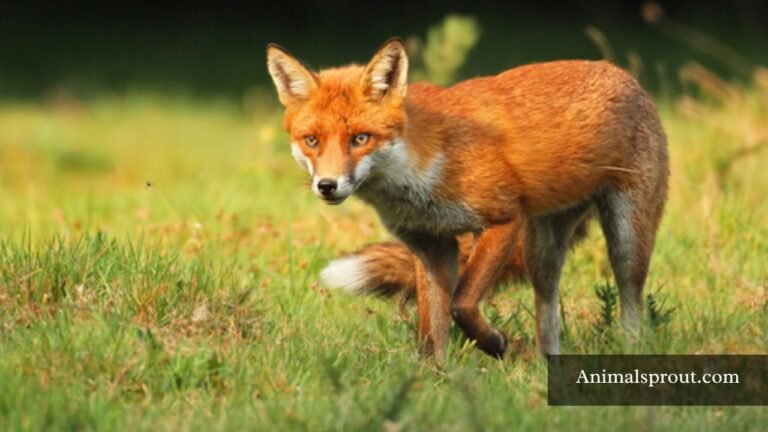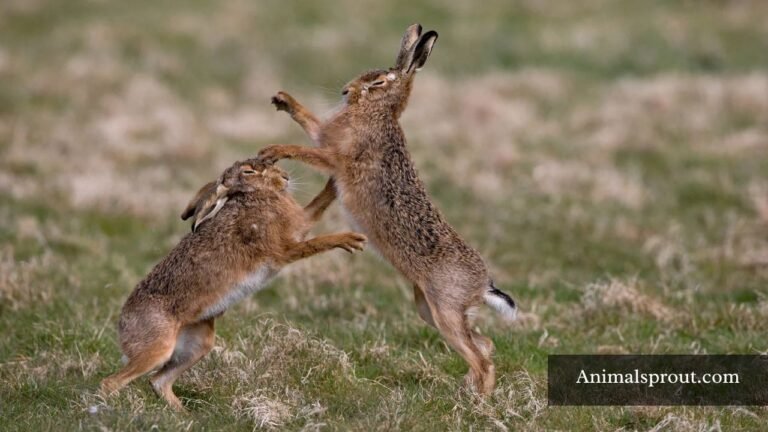Top 14 Animals that Eat Coconuts (With Pictures)
While humans might enjoy this tropical fruit in smoothies or desserts, various creatures around the world have developed unique ways to crack open and consume these tough shells. In this article, we will explore the fascinating world of animals that eat coconuts, revealing their remarkable adaptations and behaviors. Understanding these coconut-loving critters not only highlights the diversity of diets in the animal kingdom but also sheds light on the interconnectedness of ecosystems.
List Of Animals that Eat Coconuts
Here is the list of animals that like to eat coconuts:
- Monkeys
- Common Myna
- Pigs
- Squirrel
- Palm cockatoo
- Gorillas
- Aye-aye
- Elephants
- Sun Bears
- Rhinoceros Beetles
- Coconut Crabs
- Humans
- Rats
- Fruit Bats
Monkeys
Scientific Name: Simiiformes Catarrhini
Type of Animal: Mammal
Diet: Omnivore
Monkeys, particularly those found in tropical regions, have developed a fascinating relationship with coconuts that goes beyond mere consumption. These agile creatures are often seen swinging from tree to tree, using their dexterous hands to pry open the tough shells of coconuts with remarkable finesse. Not only do they relish the sweet, creamy flesh inside, but they also seem to enjoy the challenge of accessing this nutritious treasure. This behavior highlights their intelligence and adaptability, as they can often be observed using stones or even other coconuts to crack open the hard exterior.

Interestingly, the interaction between monkeys and coconuts extends into the ecosystem as well. As monkeys consume coconuts, they inadvertently play a role in seed dispersal. The remnants of the coconut, including husks and shells, serve as natural fertilizers when dropped in different locations, aiding in the growth of new coconut trees. This symbiotic relationship underscores a delicate balance within their habitat and raises questions about how various species interact with their environment in ways that may not always be immediately visible.
Common Myna
Scientific Name: Acridotheres tristis
Type of Animal: Bird
Diet: Omnivore
The Common Myna, a striking bird with its vibrant yellow wing patches and distinctive call, has developed a unique affinity for coconuts. These clever avians are not just opportunistic feeders; they exhibit impressive problem-solving skills when it comes to cracking open this tough fruit. In tropical regions, Mynas can often be seen hopping around coconut palms, keenly observing the ground for fallen nuts or waiting patiently for the perfect moment to snatch a piece from the ground.
What sets the Common Myna apart is its ability to adapt its feeding techniques based on the environment. In some areas, these birds have been observed using tools, such as pebbles, to break through the hard shell of a coconut. This behavior highlights their intelligence and resourcefulness—traits that make them standout survivors in the wild.
Pigs
Scientific Name: Sus scrofa domesticus
Type of Animal: Mammal
Diet: Omnivorous
Pigs are surprisingly adept at cracking open coconuts, showcasing their impressive intelligence and problem-solving skills. In regions where coconuts grow abundantly, these resourceful animals have developed techniques to access the nutrient-rich meat inside. Their powerful snouts are perfect for breaking through the tough outer shell, and once they’ve made a dent, their persistent nature ensures they won’t give up until they’ve feasted on the creamy interior. This behavior not only illustrates their foraging instincts but also highlights their adaptability in varying habitats.
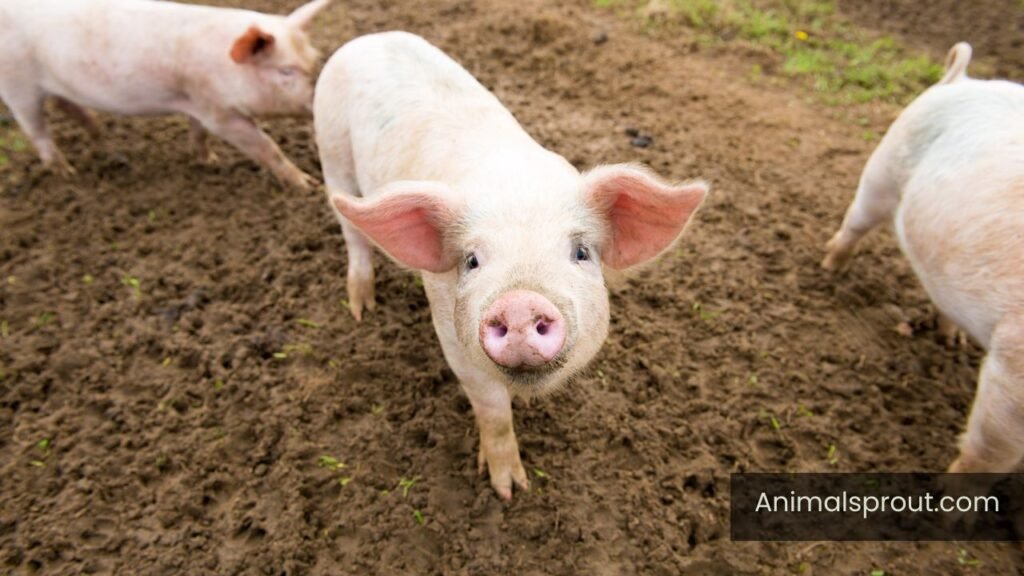
Interestingly, pigs aren’t just opportunistic eaters; their love for coconuts can be attributed to the fruit’s high energy content. In the wild, this source of fat is a valuable resource, especially in environments where other food sources may be scarce.
Squirrel
Scientific Name: Sciuridae
Type of Animal: Tree-dwelling rodent
Diet: Herbivores
Squirrels, those acrobatic little creatures we often see darting around parks and backyards, have a surprising affinity for coconuts. While many may envision them nibbling on acorns or scavenging for seeds, these nimble foragers have been observed skillfully gnawing through the tough exterior of coconuts to access the delectable flesh and refreshing water within. Their sharp incisors are perfectly adapted for this task, allowing them to break through the hard shell and indulge in the nutritious bounty hidden inside.
What’s particularly fascinating is the role of coconuts in their diet during different seasons. In tropical regions where coconuts are abundant, squirrels often shift their feeding patterns to take advantage of this resource, showcasing their adaptability.
Palm cockatoo
Scientific Name: Probosciger aterrimus
Type of Animal: Bird
Diet: Omnivores
The palm cockatoo, a striking bird native to the rainforests of New Guinea and nearby islands, showcases an impressive adaptation that highlights its unique dietary preferences. Renowned for their powerful beaks, these birds have mastered the art of cracking open coconuts, a skill that not only provides sustenance but also serves as a fascinating example of tool use in the avian world. Observers have noted how palm cockatoos will often use sticks or other objects to aid in breaking through the tough outer shell of coconuts, demonstrating an intelligence that rivals that of some primates.
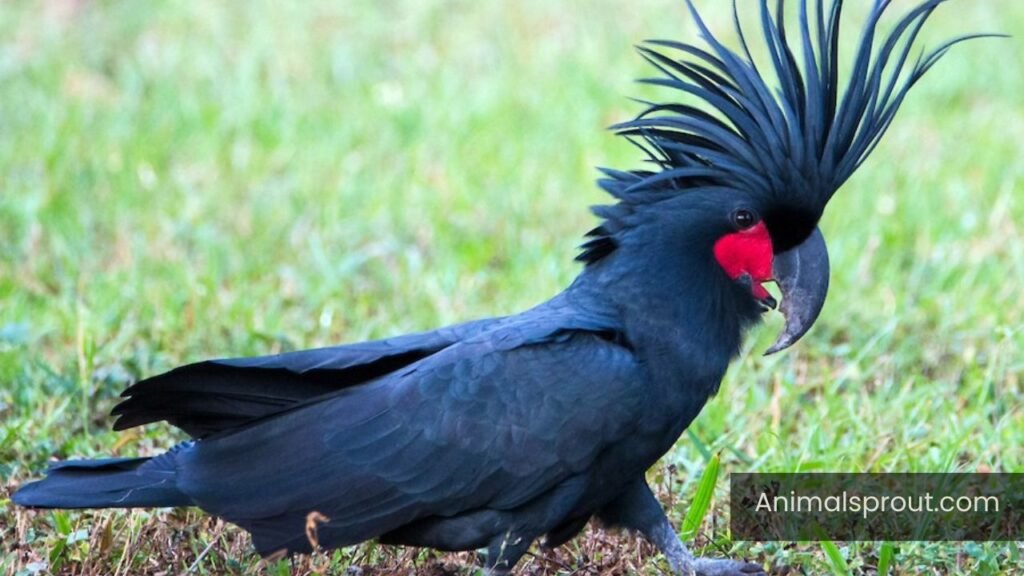
Beyond their impressive physical abilities, palm cockatoos engage in social behaviors that further enrich their relationship with coconut resources. They often forage in pairs or small groups, communicating through a series of vocalizations that seem to coordinate their efforts in locating ripe coconuts. This teamwork not only enhances their feeding efficiency but also strengthens social bonds within their flock.
Gorillas
Scientific Name: Gorilla
Type of Animal: Mammal
Diet: Herbivore
Gorillas, often celebrated for their impressive strength and complex social structures, also exhibit intriguing dietary habits that include a surprising affinity for coconuts. While primarily herbivorous, their occasional foraging for coconuts reveals an adaptive behavior that showcases their intelligence and resourcefulness. In the wild, gorillas have been observed using tools, such as sticks, to pry open these tough shells, demonstrating their problem-solving abilities and dexterity.
Coconuts provide not only a source of hydration but also a unique nutritional profile that complements their predominantly leafy diet. The high-fat content of coconut flesh serves as an energy boost, particularly crucial during periods of increased activity or foraging. This diverse diet helps gorillas adapt to varying environments, allowing them to thrive in the dense forests where these tropical fruits are abundant.
Aye-aye
Scientific Name: Daubentonia Madagascariensis
Type of Animal: Mammal
Diet: Omnivore
The aye-aye, a nocturnal lemur native to Madagascar, possesses an intriguing dietary quirk that sets it apart from many other creatures in the animal kingdom: it consumes coconuts. With its elongated middle finger, the aye-aye taps on the hard shell of a coconut to locate the hollow sounds of liquid inside, a technique known as percussive foraging. Once it identifies a promising spot, this unique primate skillfully gnaws through the tough exterior using its sharp incisors, accessing the coveted water and meat within. This remarkable adaptation not only showcases the aye-aye’s resourcefulness but also highlights the intricate relationship between species and their environments.
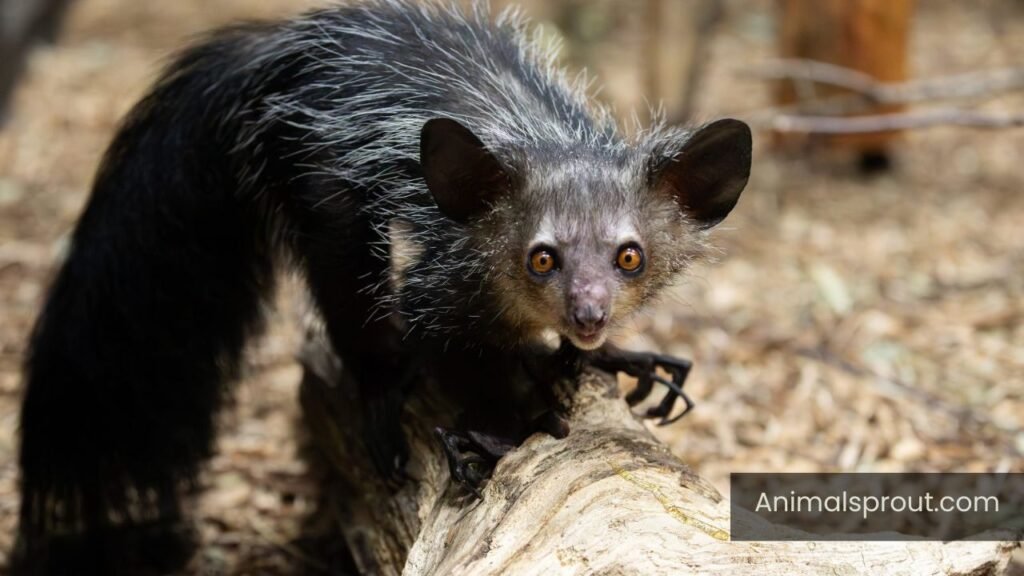
Interestingly, the aye-aye’s coconut-cracking prowess has led to a unique niche in Madagascar’s ecosystem. By feeding on coconuts, they inadvertently assist in seed dispersal, facilitating the growth of coconut palms across the island.
Elephants
Scientific Name: Loxodonta
Type of Animal: Mammal
Diet: Herbivore
Elephants, with their impressive trunks and formidable size, have an intriguing relationship with coconuts. In regions like Sri Lanka and parts of Southeast Asia, these gentle giants are known to forage on coconut palms, using their dexterous trunks to skillfully pluck ripe coconuts from high branches. What’s fascinating is the sheer strength and intelligence they display while opening these hard-shelled fruits. With a few swift movements, an elephant can crack open a coconut, revealing the refreshing water and nutritious flesh inside—a testament to their problem-solving abilities and resourcefulness in the wild.
Beyond mere sustenance, the act of eating coconuts has social implications for elephants. These creatures often gather in family groups to share this treat, fostering bonds and teaching younger members the art of foraging. Observing this communal behavior highlights the complexity of their social structures and the importance of food-sharing in reinforcing family ties.
Readmore: Top 18 Animals That Eat Corn.
Sun Bears
Scientific Name: Helarctos Malayanus
Type of Animal: Mammal
Diet: Omnivore
Sun bears, the smallest species of bear, are surprisingly adept at cracking open coconuts, showcasing their remarkable adaptability. Found primarily in Southeast Asia’s tropical forests, these bears possess strong claws and powerful jaws that allow them to peel back the tough outer husk and access the sweet, nutrient-rich flesh inside. Unlike many other animals that might shy away from such a challenge, sun bears have evolved to include coconuts in their diet, demonstrating their resourcefulness in a habitat where food sources can be scarce.
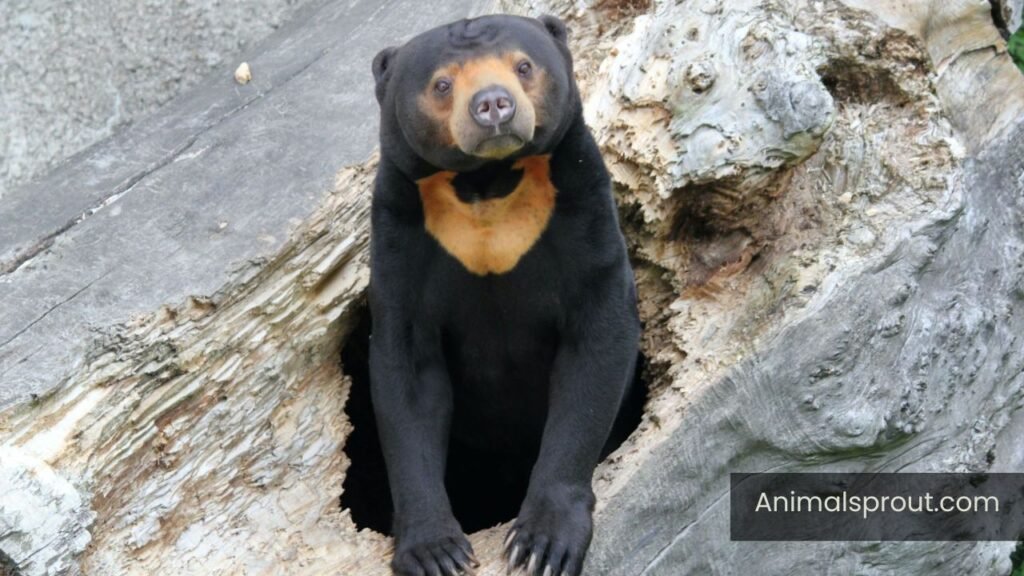
What makes sun bears particularly fascinating is their foraging behavior. They often utilize their keen sense of smell to locate fallen coconuts, and their intelligence enables them to manipulate these heavy fruits with surprising dexterity.
Rhinoceros Beetles
Scientific Name: Dynastinae
Type of Animal: Insect
Diet: Herbivore
Rhinoceros beetles, with their impressive horns and robust bodies, are more than just fascinating insects; they are also coconut connoisseurs. Found in tropical regions, these beetles have developed a unique relationship with coconut palms, where they not only feed on the fibrous husk but also play a crucial role in the ecosystem. As larvae, they thrive on decaying plant material, including fallen coconuts, which provides them essential nutrients while aiding in decomposition. This cycle contributes to soil health and supports the growth of new vegetation, highlighting how even the smallest creatures can impact their environment significantly.
Interestingly, the rhinoceros beetle’s ability to consume coconuts showcases its remarkable adaptation to a niche habitat. Their strong mandibles can break through tough coconut fibers, allowing them access to the nourishing flesh inside.
Coconut Crabs
Scientific Name: Birgus Latro
Type of Animal: Crustacean
Diet: Omnivore
Coconut crabs, the largest terrestrial arthropod, have an intriguing relationship with coconuts that goes beyond mere consumption. These remarkable creatures are not just opportunistic eaters; they are skilled foragers and climbers, using their powerful pincers to crack open hard coconut shells. Their ability to scale trees to access coconuts demonstrates a level of adaptability that few other land animals possess. Once they reach the fruits, they expertly pry them open, revealing the sweet flesh and nutrient-rich water inside—a feast fit for a king of the island.

What’s fascinating is how coconut crabs have evolved to exploit this unique food source. With a diet primarily consisting of coconuts, they play a crucial role in their ecosystem by aiding in the decomposition process. As they consume fallen coconuts, they help recycle nutrients back into the soil, promoting plant growth and sustaining the delicate balance of their habitats.
Readmore: Explore Top 12 Animals That Live in Fields.
Humans
Scientific Name: Homo Sapiens
Type of Animal: Mammal
Diet: Omnivore
Humans have a unique relationship with coconuts, not just as a food source but as a symbol of tropical paradise and wellness. While we often enjoy the refreshing water and creamy meat of coconuts, many might not realize that our connection to this fruit goes beyond mere consumption. Coconuts have been woven into cultural practices, from traditional ceremonies to modern health trends, highlighting their versatility and significance in our lives.
In recent years, the health benefits of coconuts have garnered attention, with coconut oil, milk, and water becoming staples in many diets. The medium-chain triglycerides (MCTs) found in coconut oil are praised for their potential energy-boosting properties, making it a favorite among fitness enthusiasts and health-conscious individuals alike.
Rats
Scientific Name: Rattus
Type of Animal: Mammal
Diet: Omnivore
While it may come as a surprise to many, rats have carved out an unexpected niche in the world of coconut consumption. These resourceful rodents are not just scavengers; they are adept at exploiting their environment for sustenance. In tropical regions where coconuts abound, rats have been observed gnawing through the hard shell to access the nutrient-rich meat inside. Their strong incisors, designed for such tasks, allow them to break into this tough outer layer, showcasing their remarkable adaptability.
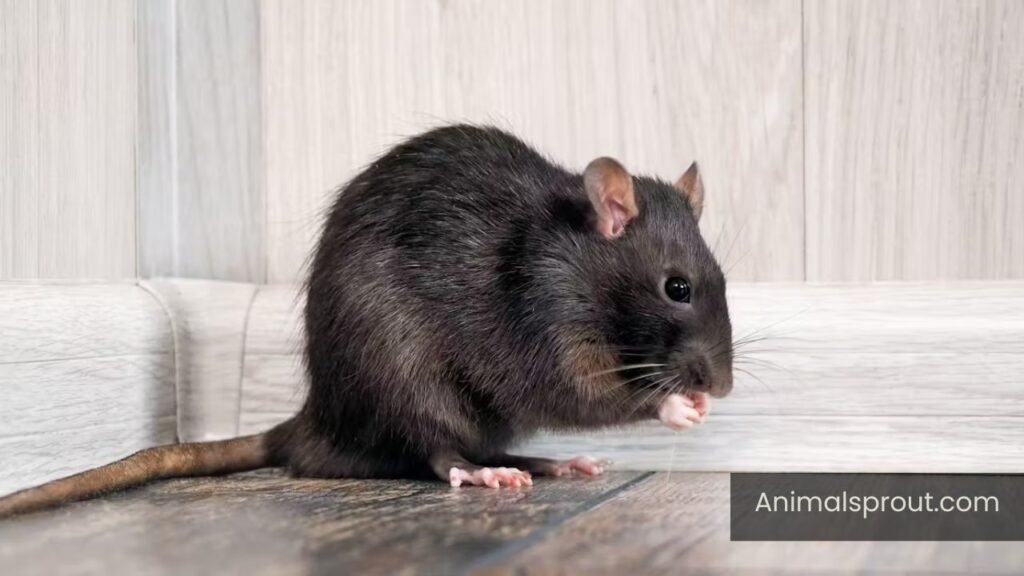
Fruit Bats
Scientific Name: Pteropodidae
Type of Animal: Mammal
Diet: Frugivore
Fruit bats, often overlooked in discussions about coconut consumers, play a vital role in the ecosystem as both foragers and pollinators. These fascinating creatures have developed a taste for the sweet, fleshy insides of coconuts, which not only provide them with essential nutrients but also serve as a source of hydration in their tropical habitats. Their ability to gnaw through the tough outer shell reveals an incredible adaptation; their strong jaws and sharp teeth make quick work of this formidable fruit, showcasing their resourcefulness.
Readmore: Explore Animals That Eat Oranges In The World.
Final Thoughts
The diverse array of animals that eat coconuts showcases the intricate relationships within ecosystems. From the clever coconut crabs to the agile monkeys, each species has developed unique adaptations to access this nutrient-rich food source. The role of these animals in dispersing coconut seeds is crucial for the growth of coconut palms and maintaining biodiversity. Understanding these interactions highlights the importance of preserving their habitats and the delicate balance of nature. Let us appreciate and protect these remarkable creatures that play a vital role in our environment.
FAQs
What animal is associated with coconuts?
The animal most commonly associated with coconuts is the coconut crab. These fascinating creatures are the largest terrestrial arthropod and are known for their ability to climb trees, where they often harvest coconuts. They have strong pincers that can crack open the hard shell of a coconut, making them a unique part of island ecosystems.
Do squirrels eat coconut?
Yes, squirrels can eat coconut. They are opportunistic feeders and will munch on a variety of foods, including fruits, nuts, and seeds. Coconut meat is rich in fat and provides a good energy source for them. However, it’s important to offer it in moderation since their diet should primarily consist of nuts, seeds, fruits, and vegetables.

